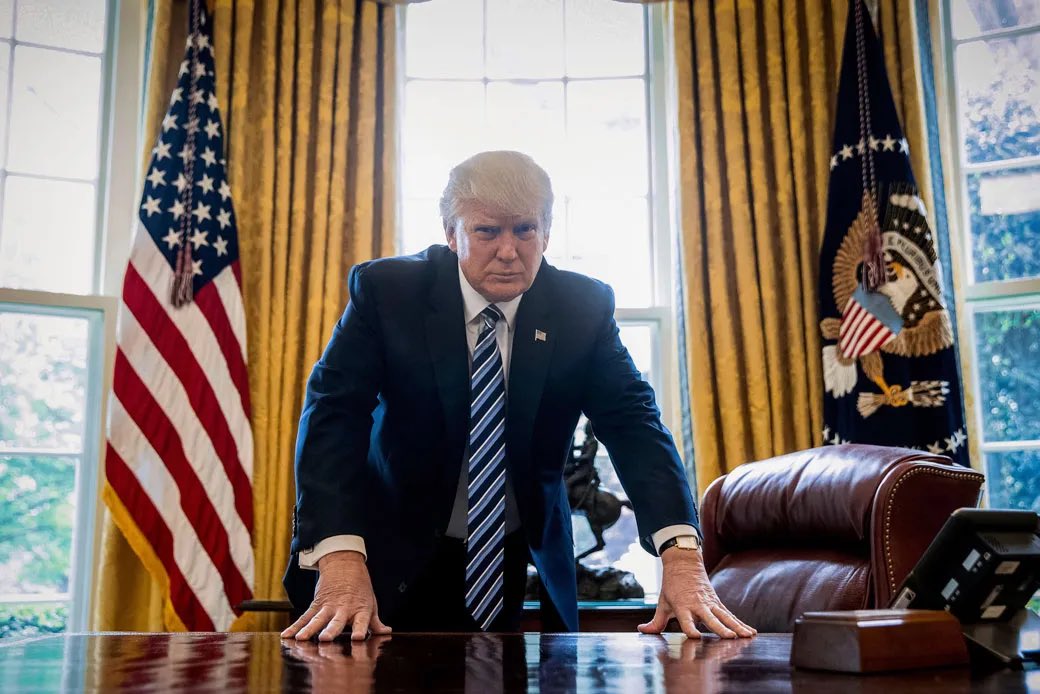
As former President Donald Trump prepares to take office again, his administration is poised to intensify immigration enforcement operations nationwide, signaling a continuation of his hardline stance on immigration that dominated his first term in office. Sources close to the incoming administration have confirmed that operations targeting undocumented immigrants are set to begin shortly after his inauguration on Monday, with a sweeping crackdown expected to span multiple U.S. cities.
A source familiar with the planning confirmed that the upcoming raids will involve significant deployments of U.S. Immigration and Customs Enforcement (ICE) officers, marking a new phase in the administration’s plan to enforce stricter immigration policies.
“We’re going to be doing operations all across the country,” the source explained, adding that major cities like New York and Miami will see increased enforcement, continuing Trump’s aggressive immigration rhetoric during his election campaign.
In a further development, the source revealed that a substantial raid is planned in Chicago next Tuesday, set to last throughout the week, with up to 200 ICE officers mobilized for the operation.
This latest push to ramp up immigration enforcement builds directly on Trump’s campaign promises, where he pledged that within moments of taking office, he would begin “the largest domestic deportation operation in American history.”
As president, Trump made immigration a central issue of his administration, focusing on cracking down on illegal immigration and strengthening border security.
His policies led to a sharp increase in deportations, the separation of families, and the controversial construction of a border wall, leaving a significant mark on U.S. immigration policy.
While the raids in Chicago are the most immediate focus, sources confirm that these operations are only the beginning of a nationwide initiative. Trump’s transition team has reportedly been making preparations to mobilize federal agencies to help enforce mass deportations, suggesting a much broader scope that includes cities beyond those mentioned.
The plan signals a full-scale mobilization, with various federal and local authorities tasked with ensuring tighter immigration controls, leading to widespread concern about the operation’s scale and impact.
Despite the expected broad scope of these raids, the details surrounding the Chicago operation point to its size and intensity.
According to reports, ICE will send between 100 to 200 officers to the city, part of a coordinated week-long crackdown. This heightened activity in Chicago reflects Trump’s administration’s focus on cities and states known for being more lenient with immigration enforcement, particularly the so-called “sanctuary” jurisdictions that have resisted cooperating with federal authorities.
Sources close to the situation are quick to downplay speculation that the Chicago operation is receiving special treatment.
They denied claims of a targeted personnel deployment but emphasized that multiple cities will be involved in similar efforts. Despite this, the spotlight on Chicago is significant, as it represents both a major urban center and a city that has notably advocated for immigrants’ rights, making it a high-profile location for these enforcement actions.
The latest developments come just months after Trump made his intentions clear on the campaign trail. Speaking during his bid for re-election, Trump had already outlined an aggressive immigration policy, emphasizing mass deportation as one of his key priorities.
“The wall will be completed, the immigration system will be strengthened, and we will have an immigration policy that works for America,” he stated, vowing a significant increase in deportations of illegal immigrants.
According to multiple sources, Trump plans to utilize all available government resources for this massive deportation effort, leveraging not only ICE but also agencies within the Department of Homeland Security, local law enforcement, and even the military.
These coordinated operations would rely on collaboration from these agencies and local jurisdictions to apprehend and deport large numbers of undocumented individuals, particularly those with criminal backgrounds, who Trump has continually portrayed as a threat to public safety.
The intensity of this new round of deportations follows a public statement made in January 2024 by Trump, where he boldly asserted that his administration would begin the largest domestic deportation operation in U.S. history just hours after his inauguration. The planned raids are a continuation of his first-term strategy that saw drastic upticks in deportations, especially from states with less stringent immigration laws or policies that opposed federal immigration enforcement.
With the announcement of these raids, a fresh debate is set to unfold over the legality and social impacts of Trump’s immigration policies.
Critics argue that mass deportation operations, particularly those targeted at large urban centers with high immigrant populations, could spark major disruptions in local communities. Cities like Chicago, known for their significant immigrant populations, are particularly worried about the operations’ effects on their residents, who may be afraid to interact with authorities, even for everyday activities such as visiting public services or engaging in local businesses.
Legal challenges from both local and state governments are also likely, especially in areas where sanctuary policies protect undocumented immigrants from federal deportations. Sanctuary cities, which include New York, Los Angeles, and several others, have been vocal in their opposition to Trump’s policies, often blocking cooperation with federal authorities. These legal challenges may slow the implementation of such expansive enforcement, though Trump’s administration is expected to continue pushing forward aggressively.
Furthermore, human rights advocates have raised concerns that these operations could disproportionately affect vulnerable immigrant communities, potentially resulting in family separations and disruptions. These issues were part of broader discussions during Trump’s previous tenure, with opponents pointing out the toll on communities and families when deportations disrupt households and businesses. The current raids, according to critics, might repeat the tensions that ignited protests and civil unrest during his first term.
As these raids near, questions about the broader immigration strategy persist. How will the Trump administration address the concerns of immigrant communities? Will legal challenges or resistance from state and local governments hinder the speed of these efforts? And, most crucially, will this large-scale operation lead to lasting policy changes, or will it spark a renewed clash between the Trump administration and the communities it seeks to regulate?




